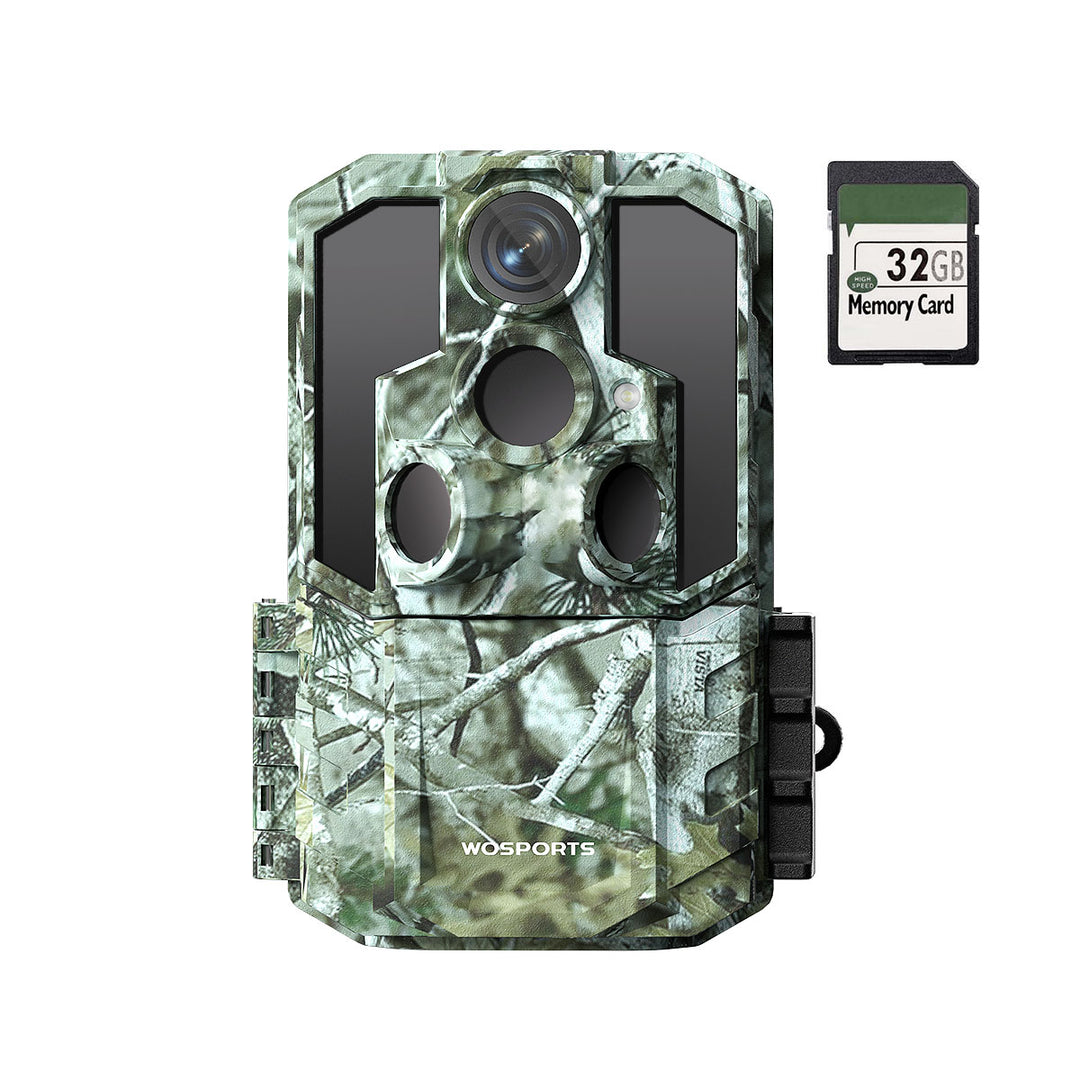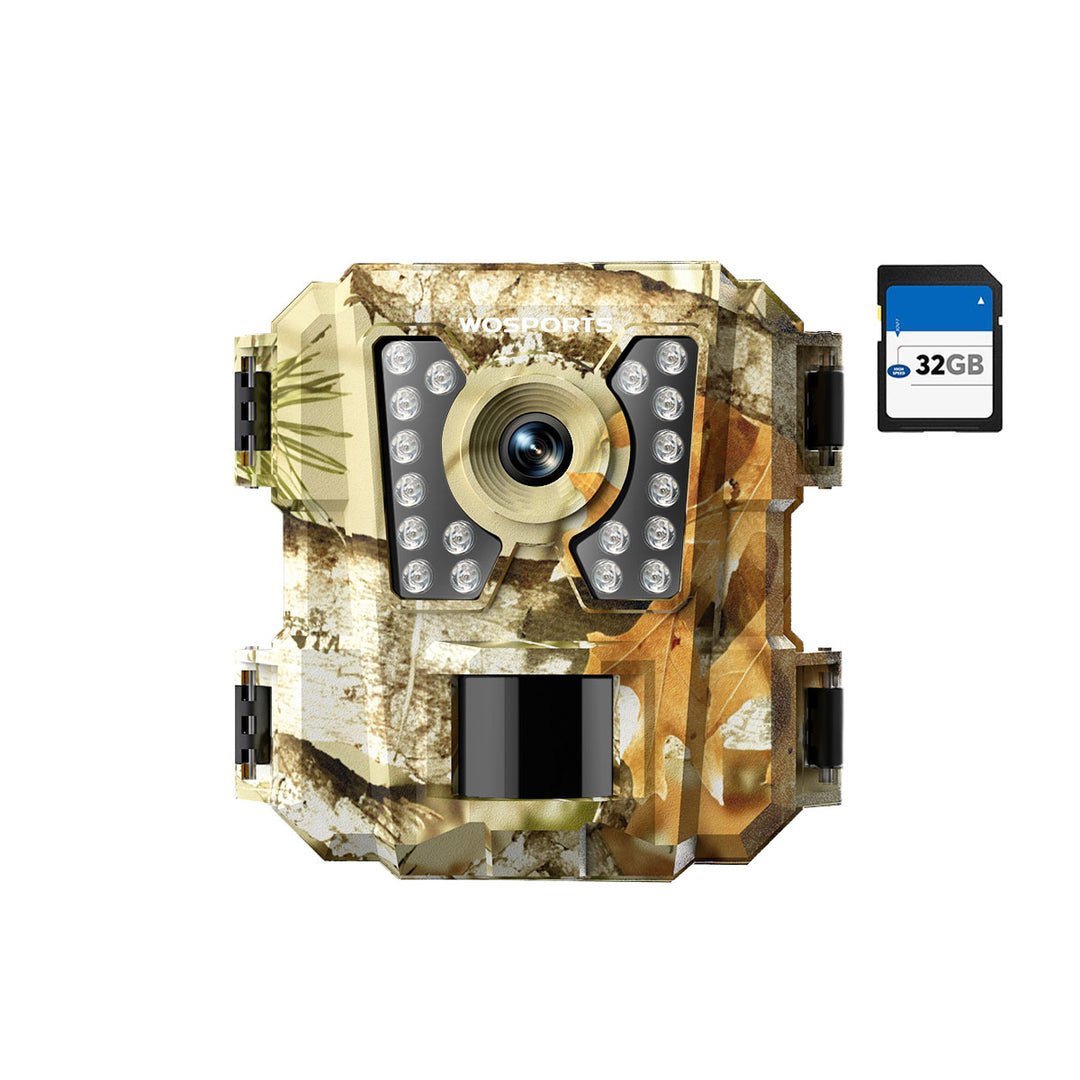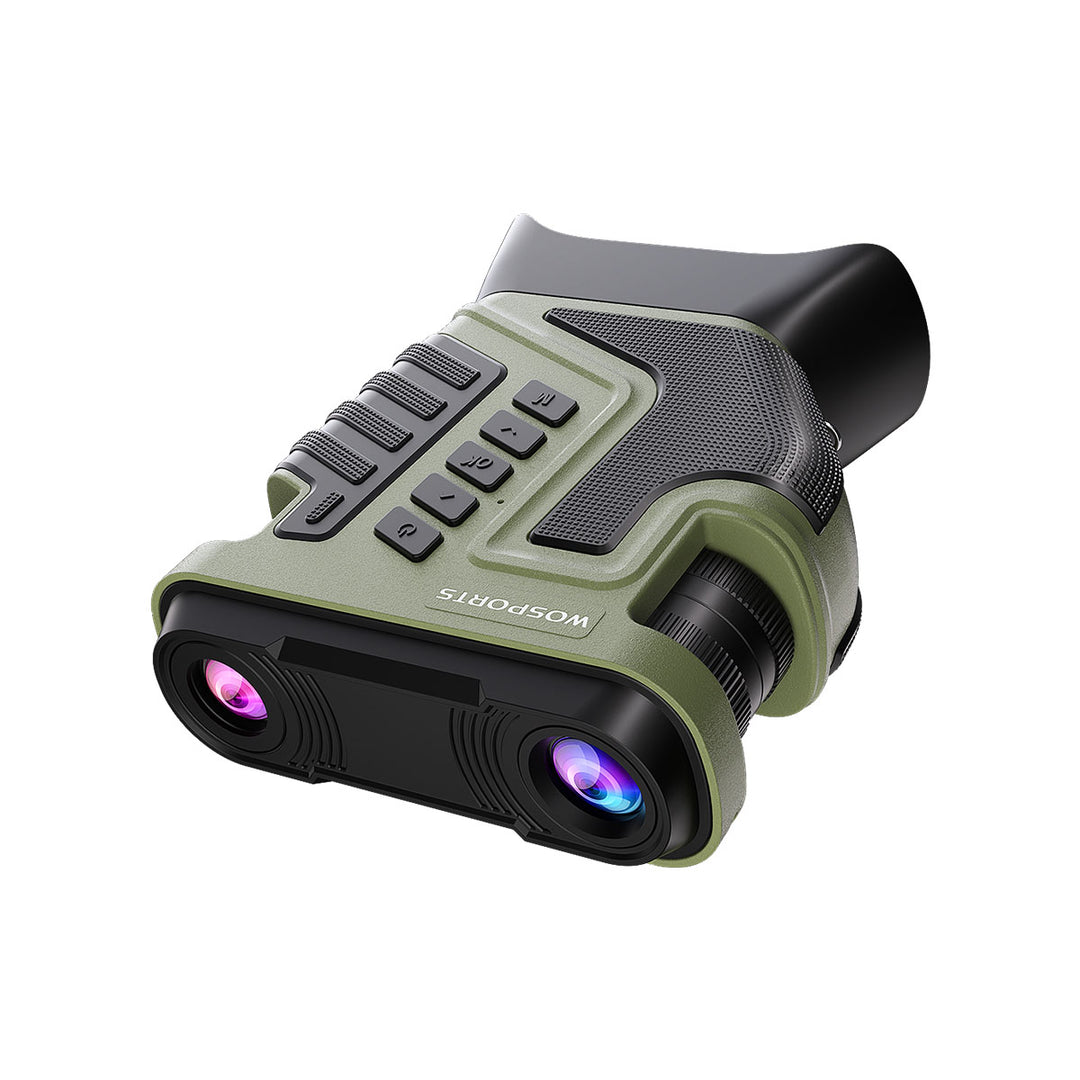How to Improve Your Short Game and Lower Your Score
According to the PGA, up to 60% of all golf shots occur within 100 yards of the hole. Yet this is the area where most beginners struggle the most—and practice the least. If you're serious about improving your game and lowering your score, then developing your short game is the smartest move you can make.
Remember: Even Tiger Woods spent 3 hours a day on his short game at his peak!
What Exactly Is the Short Game?
The short game refers to all golf shots made within approximately 100 yards of the green. It includes:
- Chipping: low, controlled shots from close to the green, typically using wedges.
- Pitching: higher, softer shots that fly further than chips, useful for landing softly on the green.
- Bunker play: escaping sand traps with lofted, accurate shots.
- Putting: rolling the ball on the green toward the hole.
Each shot requires different skills, clubs, and mental focus—but all are equally crucial.
Why the Short Game Matters
According to the PGA, 60-65% of all golf shots occur within 100 yards of the hole, including putts.
A study by Golf Digest found that amateur golfers lose 70% of their strokes within 50 yards of the green.
Improving your short game can reduce your handicap by 5-10 strokes within months (per The Golf Society of Great Britain).

7 Proven Tips to Improve Your Short Game
1. Develop Distance Awareness
One of the most overlooked aspects of the short game is knowing exactly how far you are from your target. Most beginners rely on “feel” alone—but feel develops faster when paired with accurate feedback.
This is where a rangefinder like the WOSPORTS Golf Rangefinder with Slope makes a difference, even for shots under 100 yards.
Its high-precision laser can detect distances as short as 5 yards, and the slope-adjustment mode helps you account for elevation changes—critical when pitching uphill or downhill.




Explore the WOSPORTS Golf Rangefinder and see how it supports smarter shot decisions.
2. Master the Basic Chip Shot
Most amateurs waste shots by chunking or blading simple chips. Focus on fundamentals:
- Use a narrow stance and lean your weight forward.
- Keep your hands slightly ahead of the ball.
- Use a putting-like motion with minimal wrist action.

3. Dial in Your Pitching Wedge Distance
Every golfer should know how far they hit their pitching wedge with different swing lengths. Create a distance chart to reference during play.
Use a golf laser rangefinder during practice to track how far each swing type goes. Over time, this helps you build muscle memory and confidence when selecting shots in real games.
3. Learn How to Read Greens Like a Pro
Putting is not just about technique—it’s also about vision and interpretation. Reading greens is the skill of assessing the slope, grain, and speed of the putting surface to predict how the ball will break.
- Look from multiple angles—behind the ball, behind the hole, and from the sides.
- Get low and read the slope at eye level.
- Use your feet to feel elevation changes as you walk onto the green.
- Visualize the putt line before committing.
Bonus Tip: Use a Rangefinder with Slope Mode to Understand Elevation
For example:
- Uphill greens mean slower putts—so you’ll need to hit firmer.
- Downhill greens mean fas
- ter rolls—so you’ll need a lighter touch.
Knowing the slope before you even reach the green gives you a head start on reading the break and speed.
4. Practice Bunker Shots Regularly
Many beginners avoid sand practice—but it’s part of every course. Use these tips:
- Open your clubface before gripping.
- Dig your feet slightly into the sand.
- Focus on hitting behind the ball, not the ball itself.
- Follow through completely—don’t stop at impact.
5. Develop a Pre-Shot Routine
Even in your short game, a repeatable routine builds consistency:
- Pick a target spot (not just “the green”).
- Use your rangefinder to check the distance.
- Choose your club and visualize the shot.
- Make one rehearsal swing with the feel you want.
- Step up and commit.

Find the Right Tempo for Your Short Game
One of the most common mistakes beginner golfers make is rushing their short game swings. Whether it's a chip, pitch, or bunker shot, tempo—the rhythm of your swing—is everything. When your tempo is right, the ball reacts softer and your swing looks more effortless—even to others watching.
Think of your short game tempo like music—it should feel like a smooth 1-2 rhythm. Too fast, and you’ll lose control; too slow, and you may decelerate and chunk the shot.
The Role of a Golf Rangefinder in the Short Game
While rangefinders are often associated with long shots and tee box use, modern devices like the WOSPORTS Golf Rangefinder are designed to support the entire round, including finesse shots. Here's why it's beginner-friendly:
Beginner golfers often second-guess short game decisions. A rangefinder gives you clarity and helps develop a reliable sense of distance—faster than trial-and-error alone.

Search
Popular Posts
Recent Posts

Nov 28, 2024
Troubleshooting Common Trail Camera Issues
Jan 10, 2025
Why Does My Trail Camera Stop Working at Night?










































